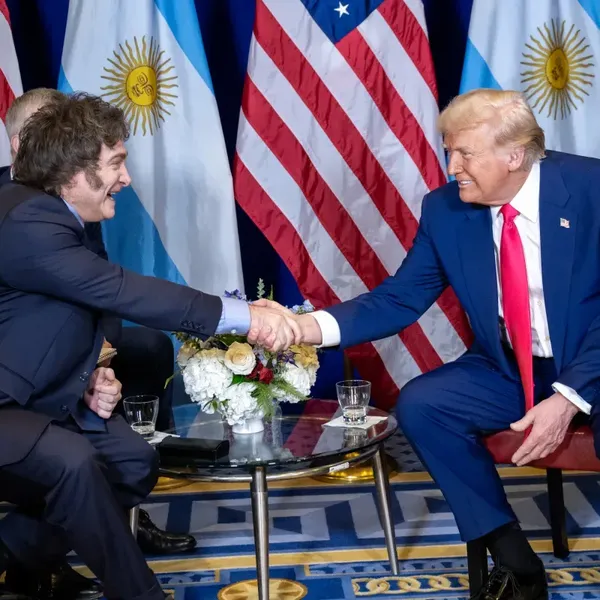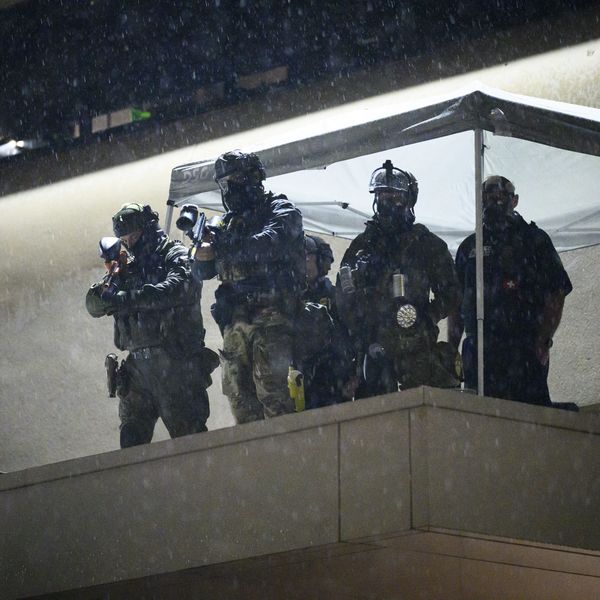The global retail giant Wal-Mart ran neither a casual nor introverted bribery scheme when it came to getting what it wanted in Mexico.
As a new expose by The New York Times reveals, efforts by Wal-mart to get what they wanted, regardless of local concerns and opposition, were extremely effective and "Wal-Mart de Mexico was an aggressive and creative corrupter, offering large payoffs to get what the law otherwise prohibited."
Building near sacred lands? There's was a bribe for that. Want a store in an overpopulated neighborhood? No problem. A zoning restriction hiccup or building without an environmental impact plan? Wal-mart had a answer for it all: a little money in the right hand. Or hands.
According to the Times, Wal-mart offered
bribes to subvert democratic governance -- public votes, open debates, transparent procedures. It used bribes to circumvent regulatory safeguards that protect Mexican citizens from unsafe construction. It used bribes to outflank rivals.
And, according to the reporting--which started where official internal investigations about corruption in Mexico ended in 2006--the bribery was systemic, pervasive, and deeply embedded in the culture of the company.
From the report:
Through confidential Wal-Mart documents, The Times identified 19 store sites across Mexico that were the target of Wal-Mart de Mexico's bribes. The Times then matched information about specific bribes against permit records for each site. Clear patterns emerged. Over and over, for example, the dates of bribe payments coincided with dates when critical permits were issued. Again and again, the strictly forbidden became miraculously attainable.
Thanks to eight bribe payments totaling $341,000, for example, Wal-Mart built a Sam's Club in one of Mexico City's most densely populated neighborhoods, near the Basilica de Guadalupe, without a construction license, or an environmental permit, or an urban impact assessment, or even a traffic permit. Thanks to nine bribe payments totaling $765,000, Wal-Mart built a vast refrigerated distribution center in an environmentally fragile flood basin north of Mexico City, in an area where electricity was so scarce that many smaller developers were turned away.
See the full story and a related video at the New York Times here.

